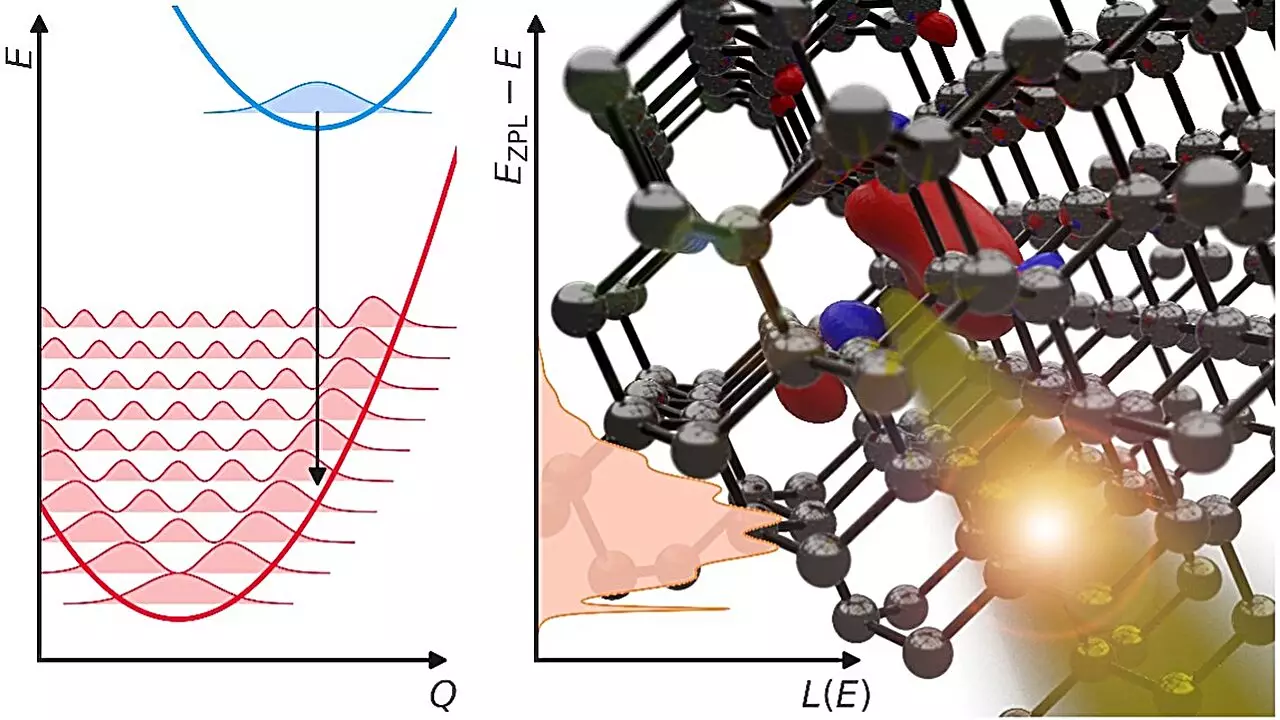The rapid advancement of quantum computing presents a transformative frontier in technology, promising to revolutionize various fields from cryptography to complex simulations. Yet, an often-overlooked challenge looms large: the establishment of a quantum internet capable of fostering these powerful computing systems. Just as classical computers have thrived on the backbone of the current internet, quantum computers will depend on sophisticated communication networks that harness the unique properties of quantum mechanics. This is not merely a matter of enhancing speed or capacity; it’s about fundamentally changing how we transfer and secure information across vast distances.
The Role of Photons: Nature’s Ideal Messengers
Central to the realization of a quantum internet is the role of photons. As the fundamental quanta of light, photons possess distinct characteristics that make them exceptionally suited for transmitting quantum information. Their weak interaction with the environment allows them to maintain delicate states of entanglement, which is crucial for the transmission of quantum data. Unlike electrons or other particles, which can easily lose information through interaction with their surroundings, photons are resilient travelers.
However, the practical aspects of using photons for communication are fraught with challenges. Current atmospheric and environmental conditions can distort photon signals, leading to loss or degradation of information. It becomes essential, then, to devise methods that not only produce highly efficient single photons but also facilitate their propagation through existing fiber-optic networks that have been optimized for specific wavelengths known as the telecom band.
Unveiling the Challenge: The Science Behind Quantum Defects
Research from UC Santa Barbara’s College of Engineering examines an intriguing phenomenon: the inefficient emission of photons stemming from atomic vibrations within materials. As professor Chris Van de Walle emphasizes, these atomic-level vibrations can siphon energy away from light emitters, resulting in diminished photon production. This issue is particularly pronounced when aiming to generate photons within the infrared wavelengths required for contemporary fiber-optic technologies.
The research team delved into theoretical modeling to understand the intricacies of these atomic vibrations and their impacts on photon emission. Through their work, they uncovered that as the wavelengths transition from the visible spectrum to the infrared, the efficiency of photon emission can drop substantially. This discovery has significant implications for the design of quantum emitters and the future of quantum telecommunications.
Engineering Solutions: Brightening the Quantum Horizon
In light of these complications, the researchers put forth innovative approaches to enhance photon efficiency. One promising strategy involves meticulously selecting host materials and refining their atomic vibrational characteristics. By engineering these properties at the quantum level, the team believes it can bolster photon production significantly, helping to catalyze the development of a more robust quantum internet.
Moreover, the concept of coupling quantum emitters to photonic cavities emerges as a compelling method to improve emission rates. This collaborative effort showcases the diverse expertise within the Quantum Foundry, highlighting how interdisciplinary collaboration is essential for overcoming complex scientific hurdles. The integration of computer engineering techniques to develop specialized photonic structures can provide essential support to the advancement of quantum networking.
The Road Ahead: Designing the Quantum Future
While the challenges in developing a functional quantum internet are formidable, they are not insurmountable. The insights gained from the research at UCSB lay a solid foundation for future innovations in quantum technology. As theorists and engineers combine their wisdom, the prospect of creating efficient quantum emitters moves closer to reality. The implications extend far beyond academic curiosity; they encompass a future where quantum networks could potentially transform global communications, addressing some of the most critical issues in data security and computational power.
This quest for a sustainable and efficient quantum internet resonates with the overarching theme of our time: the pursuit of knowledge and technological advancement is inexorably linked to our ability to adapt and innovate in the face of challenges. By embracing the complexities of quantum mechanics, we can unlock unprecedented possibilities that redefine our relationship with technology and information. The future is indeed quantum, and it is illuminating.

